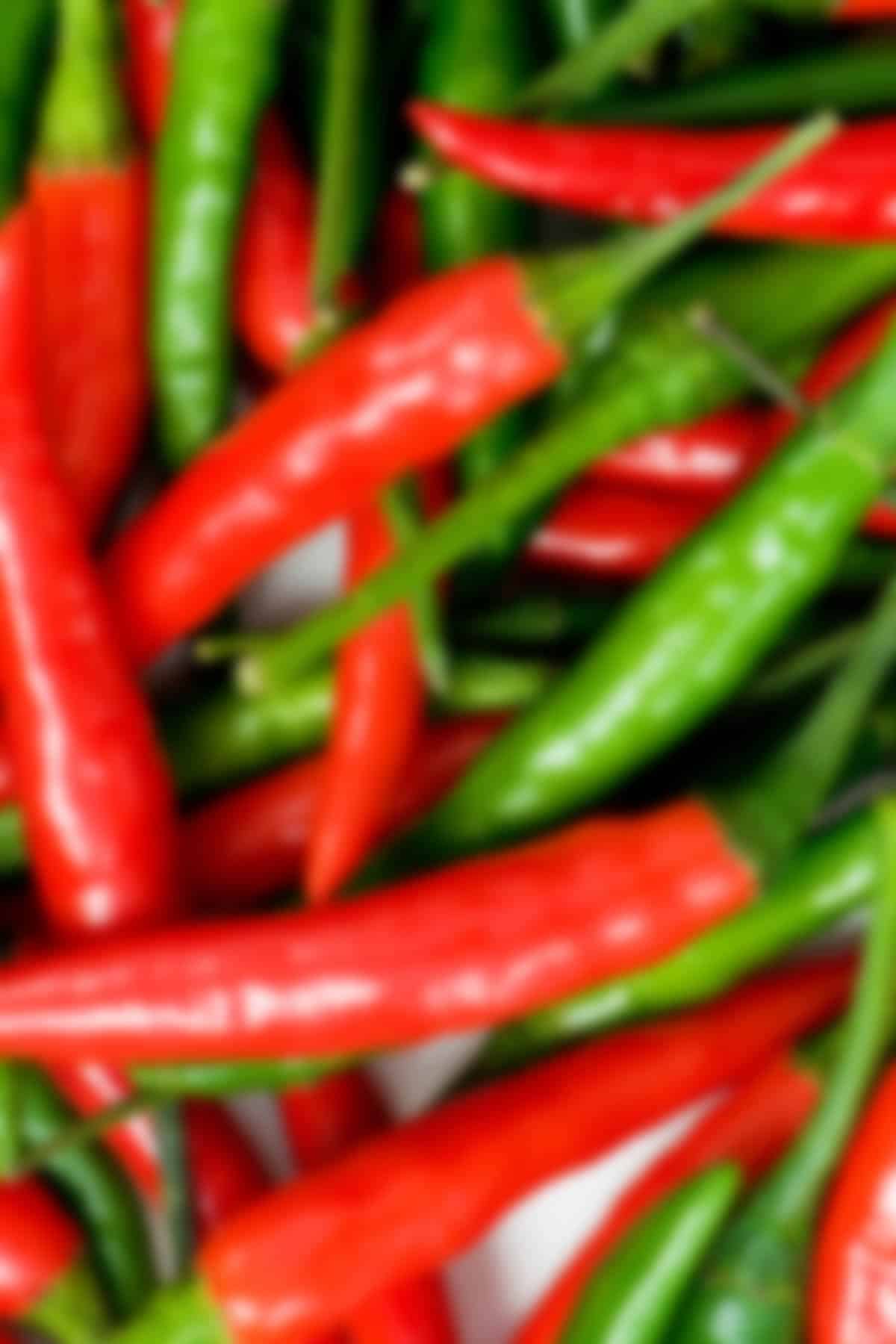SCOVILLE HEAT UNITS: 70,000-100,000 SHU
Similar to the Carolina Cayenne, the Charleston Hot is a variety of Cayenne created by the U.S. Department of Agriculture in South Carolina. Although it was not bred for its heat, it is much hotter than a regular cayenne, which averages about 30,000 Scovilles. In fact, it’s almost as hot as a habanero but with a great cayenne flavor.

The Charleston Hot starts out green and turns to yellow, then orange, then bright red. It can be harvested during its immature stages, but most people are familiar with its typical mature, red color. The peppers are long and skinny, growing to about 5 inches in length, and ¾ inch in width.
This cayenne variety is great in sauces and any dish where you would typically use a cayenne but want some extra heat.
The significance of this cayenne hybrid is its resistance to root-knot nematode, a parasitic worm (hence the NR in the name- Nematode Resistant). Root knot nematode can destroy a crop, and resistance makes growing this variety much easier. Recent research by scientists and the USDA in South Carolina has created a stir in the field of chili peppers because they havebeen able to develop a few varieties of pepper with this resistance, making farming much more productive. Other chiles stemming from this region and this research include the Tiger Paw-NR Habanero and the Carolina Cayenne.


Leave a Reply